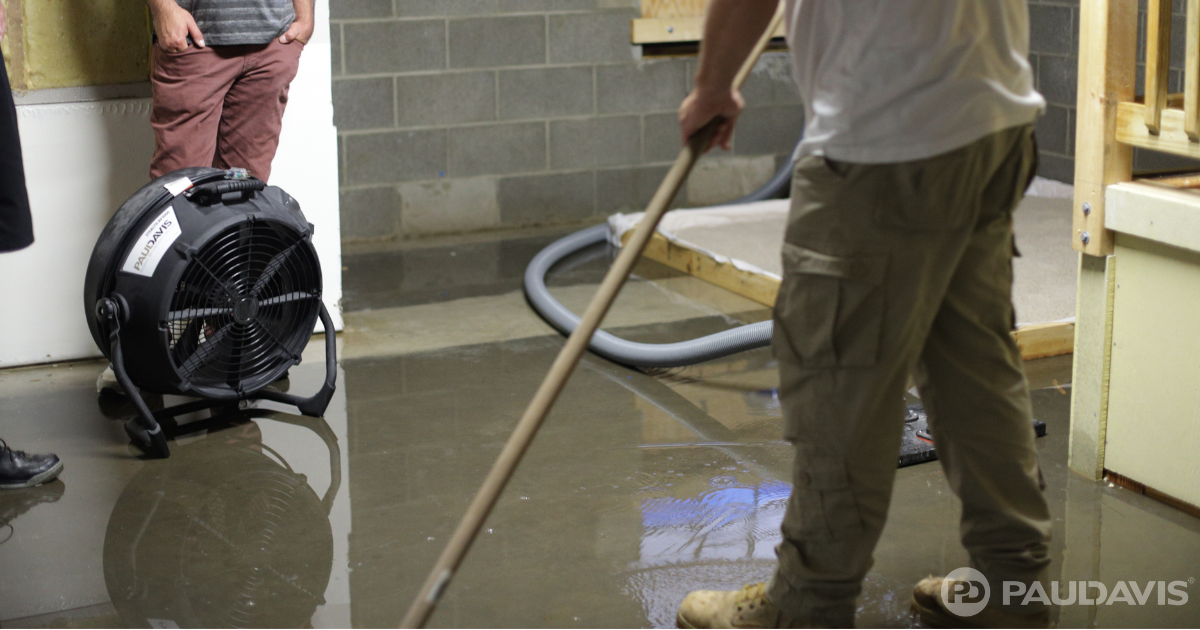
A burst pipe, a severe storm, an overflowing sink, a sump pump on the fritz – structural water damage is distressingly common. Water damage accounts for 50% of home insurance claims costs across Canada. Those in British Columbia are particularly weary: water damage claims costs in this province rose 84% in just one decade.
Fortunately, water damage restoration has become a technical marvel. “No more guesswork: Paul Davis Restoration executes applied structural drying – also called ASD - with precision, supported by real-time data,” says Eddie Bruce, President, Paul Davis Restoration Fort McMurray, Alberta Canada. “Our technicians are thoroughly trained in advanced techniques of water extraction, evaporation, air movement, dehumidification and temperature control.”
Instead of replacing affected areas and materials, ASD aims to return affected materials to pre-loss moistures levels. ASD’s success relies on four key tenets, Bruce says.
Securing the Site: Paul Davis Restoration teams immediately control the source – if water is continuing to infiltrate the structure – and take steps to avoid renewed damage. This rapidly deployed stabilization enables immediate restoration to begin.
Data Acquisition: Each water damage incident is unique and Paul Davis Restoration carefully explores and documents each individually. Technicians gauge moisture and humidity on surfaces, within materials like wood and drywall, in structural voids – even behind or under vapor barriers. Seepage is also accounted for, as materials continue to wick and absorb moisture for some time after the source has been managed.
Advanced equipment: Paul Davis Restoration brings an expansive array of equipment and technology to bear on water damage: thermal imaging cameras, damage mapping, high-volume water extraction, sophisticated barrier technologies, heavy-duty fans and dehumidifiers with sophisticated desiccants, to name just a few.
Continuous monitoring: Teams map, measure and track moisture levels frequently, enabling them to adjust equipment locations and operation levels to achieve specific dryness measures. Data is easily shared among restoration partners and insurance carriers, too, through sophisticated computer and smartphone technology.
ASD delivers impressive benefits. “Environmental responsibility is at the core of our business. ASD supports that mission beautifully by reducing waste, lowering carbon footprints, minimizing transportation needs and conserving resources,” Bruce says. “ASD is also faster, more efficient and more economical, which suits insurance carriers and owners. We all win with ASD.”
